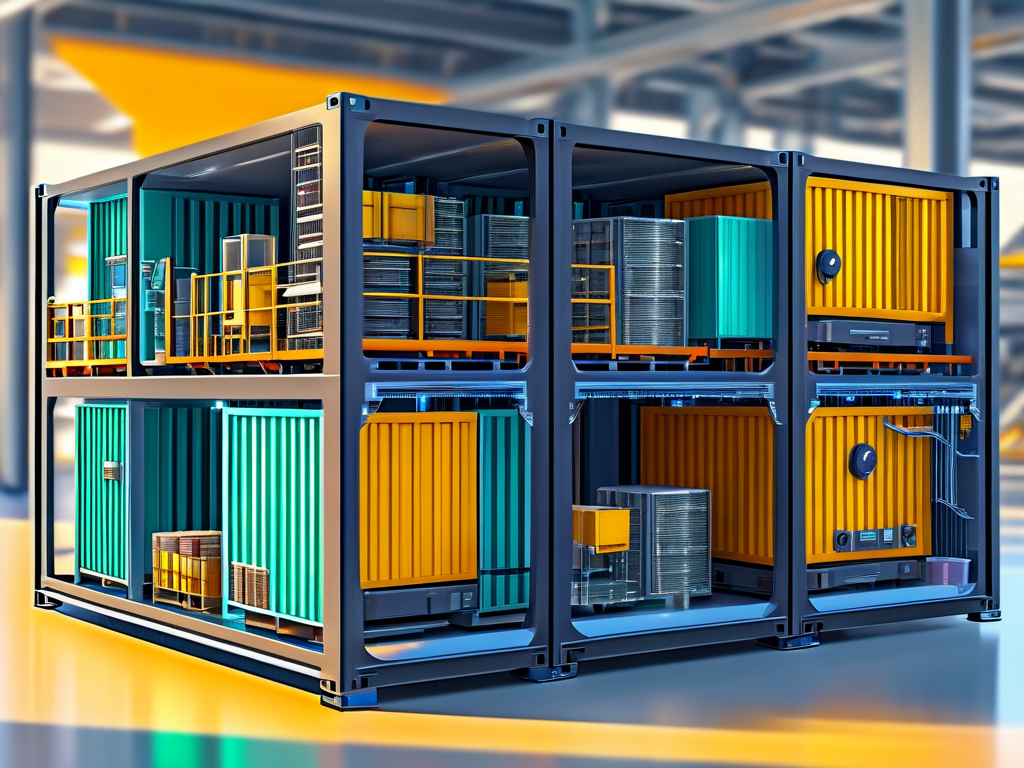In the modern digital landscape, organizations increasingly rely on automated deployment systems to optimize infrastructure management. This article explores how intelligent deployment solutions transform traditional operations while maintaining technical depth for IT professionals.

The Evolution of Deployment Strategies
Manual server configuration has become obsolete in cloud-native environments. A financial services company recently reduced deployment errors by 78% after implementing automated provisioning tools. Modern systems now integrate version control platforms like GitLab, enabling traceable infrastructure changes through commit-triggered workflows.
Core Architecture Components
- Configuration Management Engines (e.g., Ansible)
- hosts: webservers become: yes tasks: - name: Ensure Apache is installed apt: name: apache2 state: present - Container Orchestration Platforms (Kubernetes deployments increased 142% YoY according to CNCF 2023 data)
- Immutable Infrastructure Patterns using Packer-generated machine images
Implementation Workflow
A three-phase approach delivers optimal results:
- Environment Parity: Synchronize dev/test/prod configurations through Terraform modules
- Progressive Rollouts: Implement canary deployments with Istio service mesh
- State Monitoring: Integrate Prometheus metrics with deployment pipelines
Performance Metrics
Early adopters report measurable improvements:
- Deployment frequency improvement: 4.7x faster release cycles
- Incident resolution: 63% reduction in MTTR (Mean Time to Recovery)
- Resource utilization: 41% better cloud cost efficiency
Security Considerations
Automation introduces new attack surfaces requiring:
- Signed artifact repositories with Notary/TUF frameworks
- Runtime protection through eBPF-based security modules
- Compliance-as-Code implementations using Open Policy Agent
Hybrid Environment Challenges
Organizations managing legacy systems require customized approaches:
- Brownfield integration adapters for mainframe systems
- Bi-directional synchronization between cloud and on-prem resources
- Gradual workload migration strategies
Emerging Trends
- AIOps Integration: Machine learning models predicting deployment failures
- GitOps 2.0: Enhanced observability in infrastructure-as-code workflows
- WebAssembly-based serverless deployments
Skill Development Pathways
IT teams must cultivate cross-domain expertise:
- Infrastructure-as-Code certification programs
- Cloud-native networking concepts
- Observability engineering practices
While automated deployment systems offer tremendous efficiency gains, successful implementation requires careful planning. Organizations should conduct thorough capability assessments before selecting tools, considering factors like existing tech debt and team competencies. The future lies in adaptive systems that balance automation with human oversight, ensuring reliability while maintaining deployment velocity.









